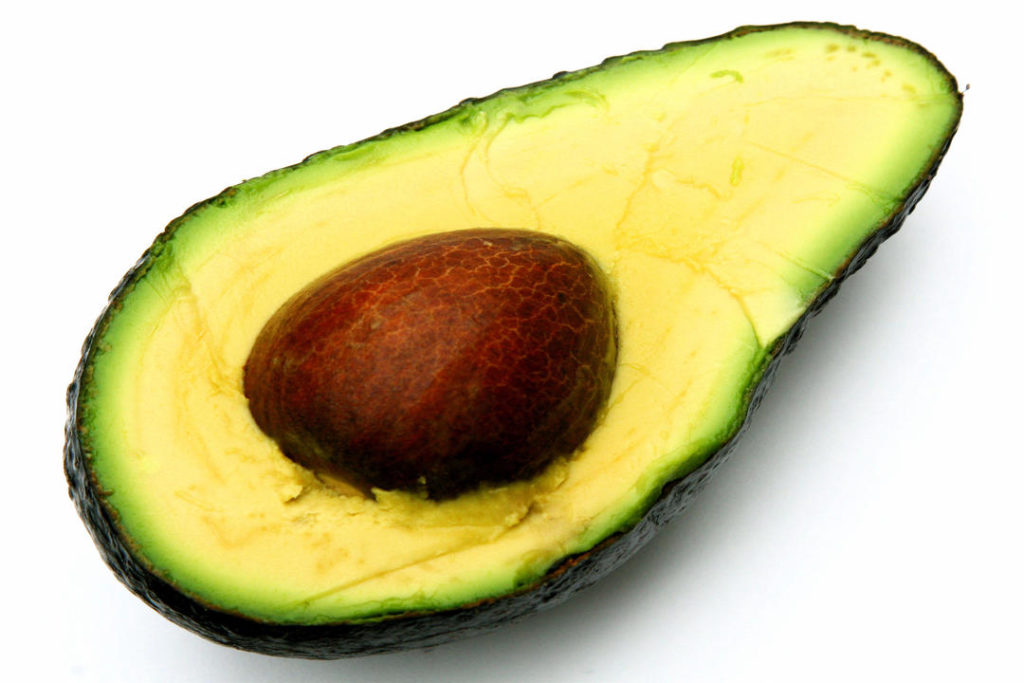
Contents
Types of Fat
Rather than adopting a low-fat diet, it’s more important to focus on the balanced diet having beneficial “good” fats and avoiding harmful “bad” fats.Unsaturated Fats
Unsaturated fats, which are liquid at room temperature, are considered beneficial fats because they can improve blood cholesterol levels, ease inflammation, stabilize heart rhythms, and play a number of other beneficial roles. A fat that is liquid at room temperature and comes from a plant, such as olive, peanut, corn, cottonseed, sunflower, safflower, or soybean oil. By substituting monounsaturated fat in your diet for saturated and polyunsaturated fats you may be able to keep HDL cholesterol levels high and LDL cholesterol levels low. Overall the highest intake of fat should be from the monounsaturated type (12 – 20 percent of total calories). There are two types of “good” unsaturated fats:Monounsaturated Fats
Monounsaturated oils are liquid at room temperature but start to solidify at refrigerator temperatures. These fats are rich in- Olive, peanut, and canola oils
- Avocados
- Nuts such as almonds, hazelnuts, and pecans
- Seeds such as pumpkin and sesame seeds
Polyunsaturated Fats
Polyunsaturated oils are liquid at room temperature and in the refrigerator. Common sources of polyunsaturated fats are- Sunflower, corn, soybean, and flaxseed oils
- Walnuts
- Flax seeds
- Fish
- Canola oil – though higher in monounsaturated fat, it’s also a good source of polyunsaturated fat.
- Omega-3 fats
Omega-3 Fats
These are an important type of polyunsaturated fat. The body can’t make these, so they must come from food. An excellent way to get omega-3 fats is by eating fish 2-3 times a week. Good plant sources of omega-3 fats include flax seeds, walnuts, and canola or soybean oil. Higher blood omega-3 fats are associated with lower risk of premature death among older adults.Saturated Fats
A fat that contains only saturated fatty acids, is solid at room temperature and comes chiefly from animal food products. Saturated fat is mainly found in animal foods, but a few plant foods are also high in saturated fats, such as coconut, coconut oil, palm oil, and palm kernel oil. Saturated fat tends to raise the level of cholesterol in the blood. All foods containing fat have a mix of specific types of fats. Even healthy foods like chicken and nuts have small amounts of saturated fat, though much less than the amounts found in beef, cheese, and ice cream. Cutting back on saturated fat will likely have no benefit if people replace saturated fat with refined carbohydrates. Eating refined carbohydrates in place of saturated fat does lower “bad” LDL cholesterol, but it also lowers the “good” HDL cholesterol and increases triglycerides. The net effect is as bad for the heart as eating too much-saturated fat. Eating good fats in place of saturated fat can also help prevent insulin resistance, a precursor to diabetes.Trans Fats
Trans fatty acids, more commonly called trans fats, are made by heating liquid vegetable oils in the presence of hydrogen gas and a catalyst, a process called hydrogenation. Partially hydrogenating vegetable oils makes them more stable and less likely to become rancid. This process also converts the oil into a solid, which makes them function as margarine or shortening. Partially hydrogenated oils can withstand repeated heating without breaking down, making them ideal for frying fast foods. For these reasons, partially hydrogenated oils became a mainstay in restaurants and the food industry for frying, baked goods, and processed snack foods and margarine. Trans fats are worse for cholesterol levels than saturated fats because they:- Raise bad LDL and lower good HDL
- Create inflammation, a reaction related to immunity which has been implicated in heart disease, stroke, diabetes, and other chronic conditions
- Contribute to insulin resistance
- Can have harmful health effects even in small amounts – for each additional 2 percent of calories from trans fat consumed daily, the risk of coronary heart disease increases by 23 percent.
Which Fat to Add in Balanced Diet
- “Good” unsaturated fats: Monounsaturated and polyunsaturated fats — lower disease risk. Foods high in good fats include vegetable oils (such as olive, canola, sunflower, soy, and corn), nuts, seeds, and fish.
- “Bad” fats — trans fats — increase disease risk, even when eaten in small quantities. Foods containing trans fats are primarily in processed foods made with trans fat from partially hydrogenated oil. Fortunately, trans fats have been eliminated from many of these foods.
- Saturated fats, while not as harmful as trans fats, by comparison with unsaturated fats negatively impact health and are best consumed in moderation. Foods containing large amounts of saturated fat include red meat, butter, cheese, and ice cream. When you cut back on foods like red meat and butter, replace them with fish, beans, nuts, and healthy oils instead of refined carbohydrates.
Visitor Rating: 5 Stars
Visitor Rating: 5 Stars